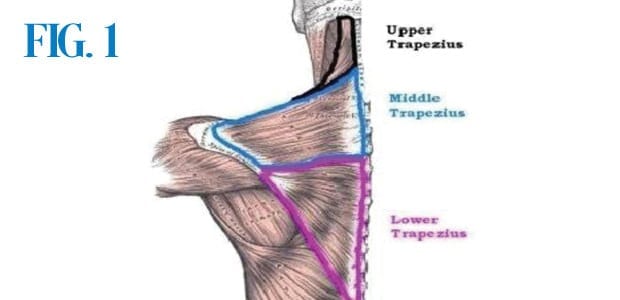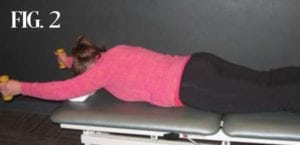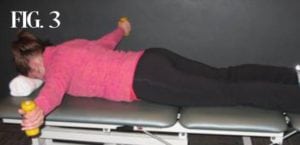Ryan Lasley, PT, MPT, FAFS
Spooner Physical Therapy – Desert Ridge
www.spoonerphysicaltherapy.com
480-502-5510
With the end of summer upon us and Phoenix valley temperatures still on the rise, there is an increase of people retreating to the comfort of their pools for much needed relief. The increased frequency and time spent in the pool commonly results in an increase in shoulder related pain and complaints. The pool has historically been seen as a great medium for exercise with low impact on the total body. People are strongly encouraged to use the pool for its positive health benefits, along with its ability to decrease the effects of the heat. With regular swimming sessions, many positive effects can occur to the cardiovascular and muscular system but sometimes the shoulder gets over worked.
The shoulder is a very complex joint and has the most available motion when compared to any other joint in the human body. Swimming is a repetitive overhead activity and with each stroke taken and each lap performed, comes increased wear on the shoulder. The structures within the shoulder are very sensitive and when not properly conditioned, it can be injured. With injury, can come large amounts of pain and with pain can come unwanted doctors’ visits and time spent away from training. The rotator cuff has historically gotten the largest amount of focus from health care providers due to its significance for motion. However, not much attention is focused on the muscles that stabilize the scapula which houses the rotator cuff muscles. By strengthening the muscles that stabilize the scapula there is a reduction in strain on the rotator cuff with resulting less pain. It is important for those whom partake in swimming on a regular basis to strength these muscles on a weekly basis to deter injury onset. One of the most important muscles to address is the trapezius muscle. The trapezius muscle is broken into three parts with an upper, middle, and lower segment making it a large and powerful scapular stabilizer. The trapezius is shown in figure 1 below.
Most people have consistent activation of the upper trapezius negating the need to strengthen this portion of the muscle. The upper trapezius is activated with most shoulder strengthening exercises and rarely needs to be isolated for strengthening. It is more important to stretch this aspect of the trapezius muscle to decrease the effects of frequent overuse. The most important and most neglected portions of the trapezius muscle are the middle and lower sections. It is very important to strengthen these portions of the trapezius muscle to allow them to control the scapula and to decrease the strain experienced by the rotator cuff and other sensitive structures experienced with swimming. Below in Figure 2 and 3 are examples of two strengthening exercises that all people who swim should perform as injury prevention to help stabilize the shoulder complex. Performance of these exercises 2-3 times per week with 2-3 sets and high repetitions, 3 sets of 15 reps is encouraged.
These exercises will not require heavy weights and usage of 1-5 pounds of weight is recommended. Never sacrifice weight gains for form with any strength training exercises. If shoulder pain is already present or presents itself, we strongly encourage you to contact your medical provider to determine the causation and severity of the pain and complete the appropriate pathway for healing.
To your Health in Motion with summer workouts!












